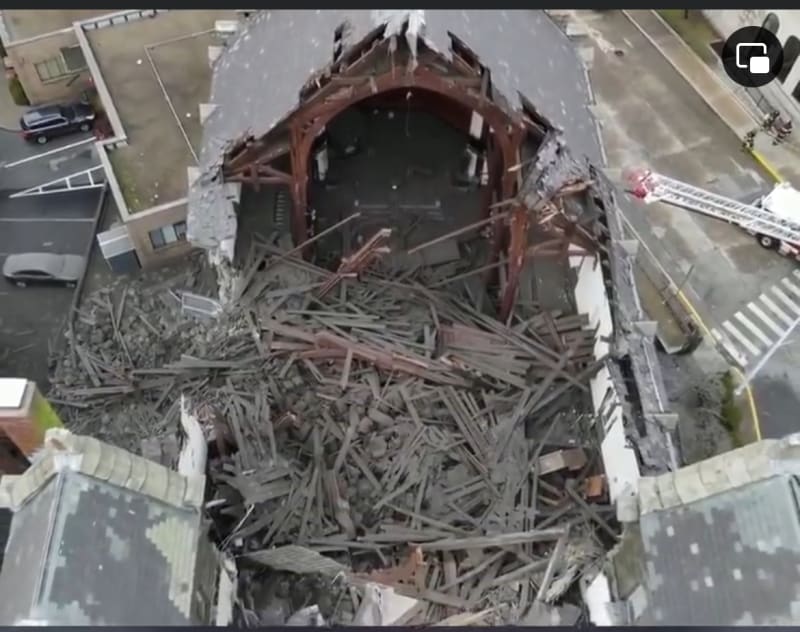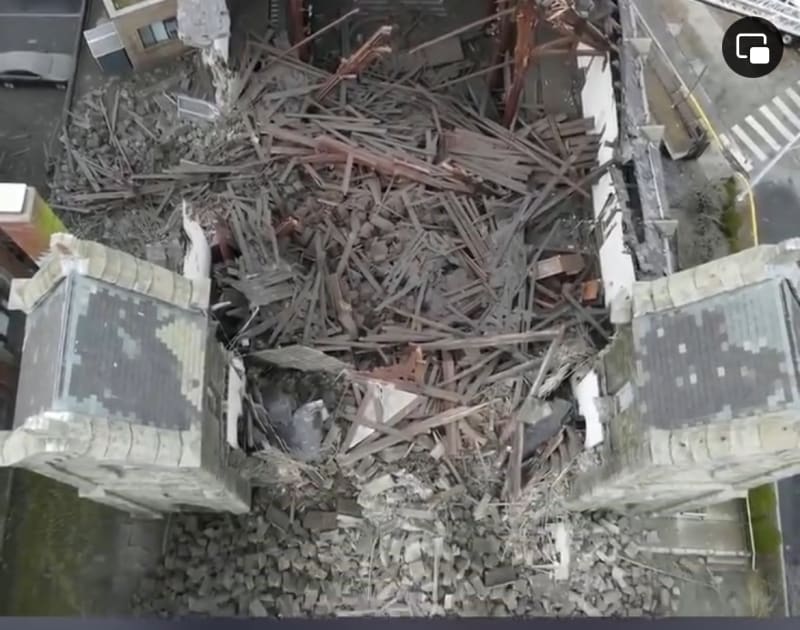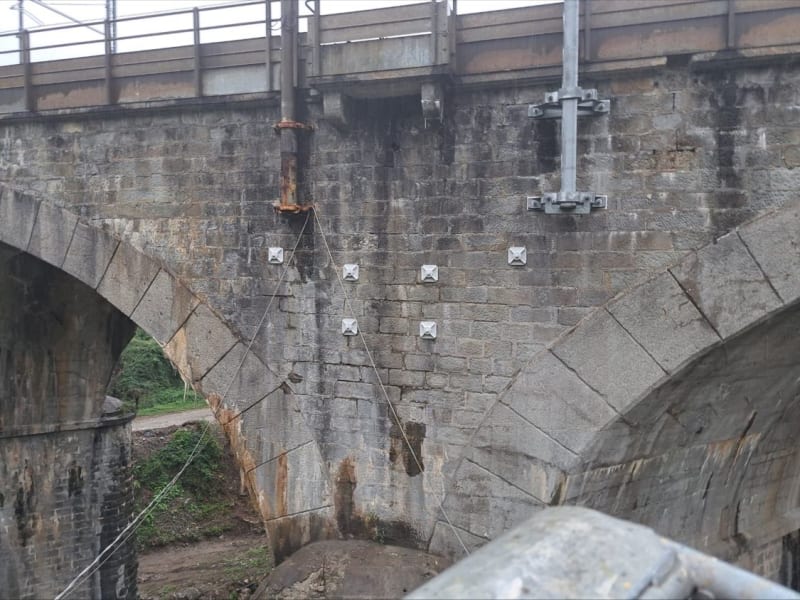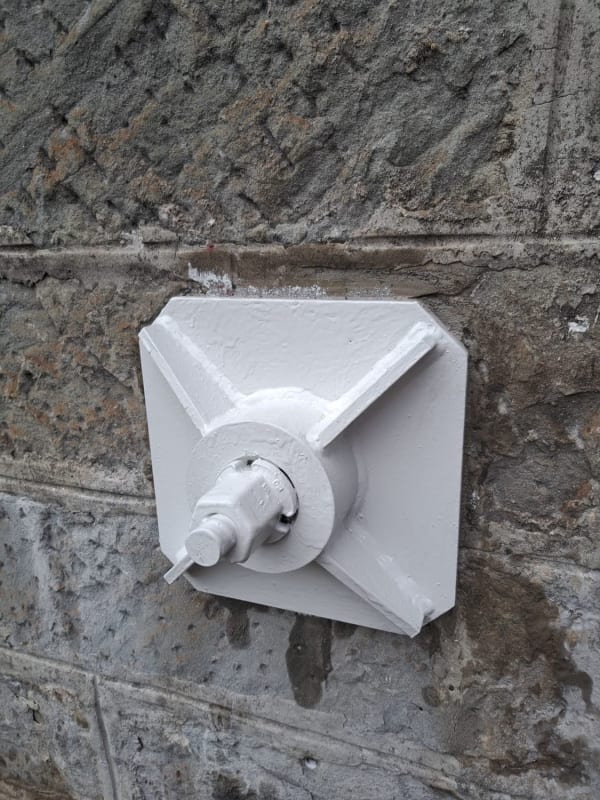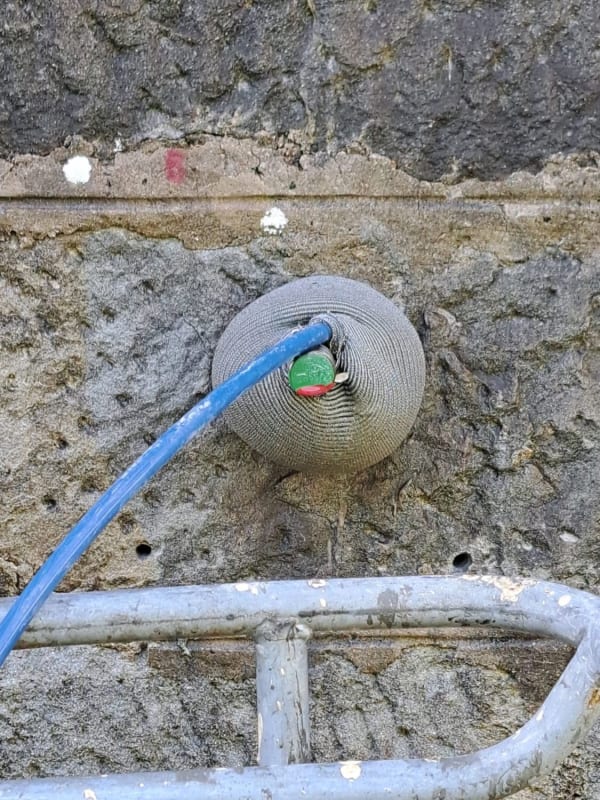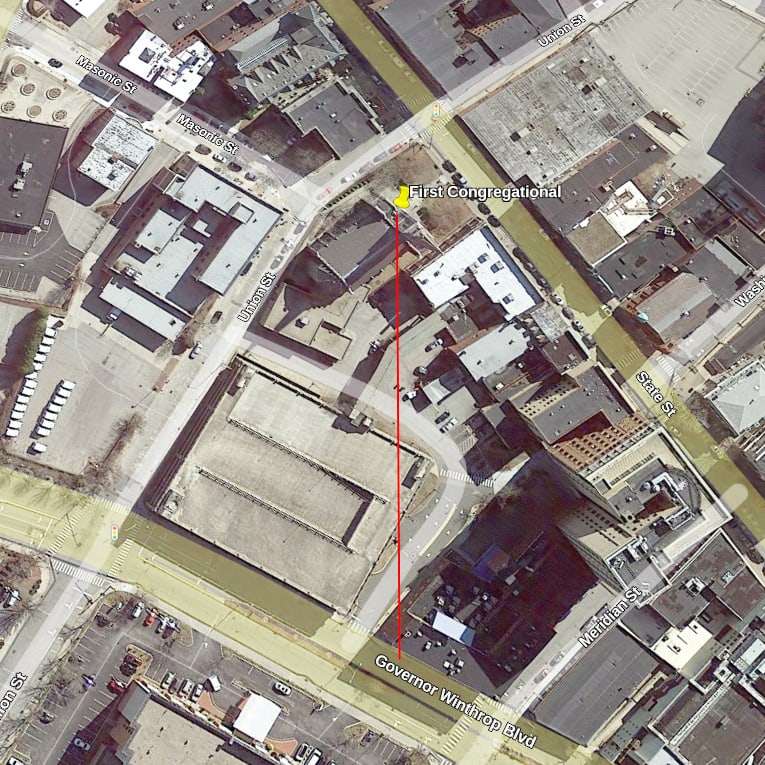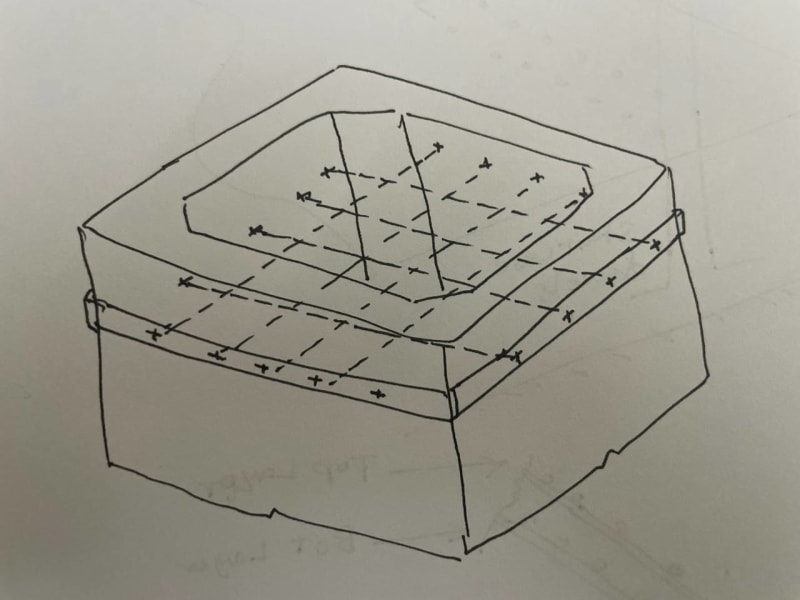I've done a lot of work with historic masonry, and one word comes to mind 'caution'. Try to understand what you are trying to do and how to accomplish it. Rarely are the high stresses of PT stuff necessary and they can create a huge problem if used inappropriately. Part of the problem is that the deformation is often time related and it may take huge forces to move things back to where they were. You may never be able to.
My first experience, over 40 years back (when I was a rookie, I never considered my self as one), I was looking at correcting floor slope in an 1900ish concrete building. The design was more than adequate, but over the years, the floors had creeped. I thought that by jacking the floor up, and bonding a topping to it, this could be corrected. I no longer recall the load, but it was either 12k or 14k at mid span and the floor didn't move a gnat's hair. I'd never considered the floor was a 'flat' or jack arch. It wasn't going to move.
That building had another feature; it was the first time I had encountered 'bundled' reinforcing. One of the concrete beams had bundled bars. They were placed as a bundle, they still had the wires tying them together with the stamped metal ID tag. Somebody forgot to separate them.
-----*****-----
So strange to see the singularity approaching while the entire planet is rapidly turning into a hellscape. -John Coates
-Dik

